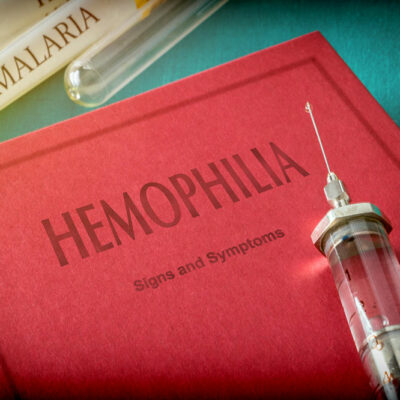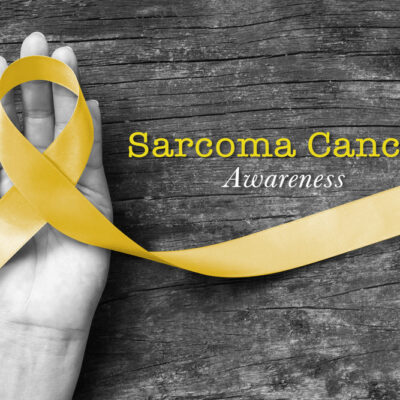
Health
5 Alternative Treatment Options to Relieve Dry Eyes
Having dry eyes is a common problem, but its effects on your daily life can be severe. Not only can it affect your performance at work, but it can also interfere with your quality time with your loved ones. Thankfully, by making small lifestyle changes and with some alternative treatments for dry eyes, you can improve your quality of life. Mentioned below are five alternative treatment options for dry eyes: 1. Add fatty acids to your diet Studies have shown that adding more omega-3 fatty acids to your diet can be an alternative treatment for dry eyes. Fatty acids can bring down the inflammation and treat the inflammation in the eyes by boosting the production of more and better-quality tears. To add omega -3 fatty acids to your diet, you can eat palm oil, chia seeds, walnuts, flaxseed oil, ground flaxseed, and soybean oil. 2. Use alternative therapies There have been several cases in which the symptoms of dry eyes have improved because of alternative, traditional therapies. In other cases, a treatment known as intense pulsed light therapy, which is followed by an eyelid massage, has shown some promising results in treating the symptoms of dry eyes. 3. Keep your eyelashes and eyelids clean While you are cleaning your face, you must pay extra attention to your eyelashes and eyelids if you have dry eyes.
Read More 















